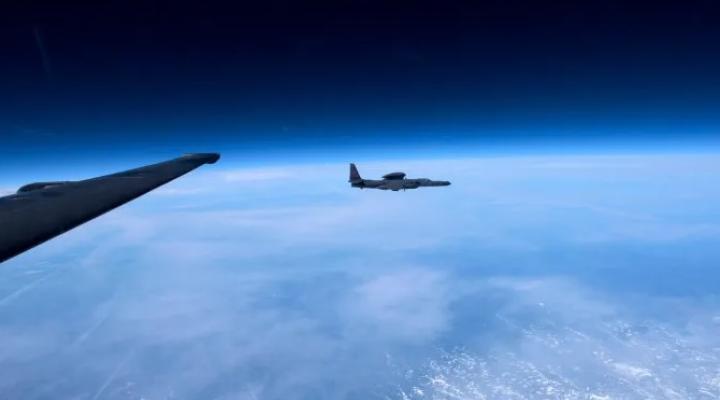Titan B733 at Edinburgh on Nov 19th 2013, CG problems
A Titan Airways Boeing 737-300 freighter, registration G-POWC performing freight flight AWC-16V from Edinburgh,SC to London Stansted,EN (UK) with 3 crew, was accelerating for takeoff when after reaching Vr (128 KIAS) the captain needed to apply much more than normal back pressure on the yoke to achieve a slow rotation. The aircraft became airborne and a nose up attitude of 15 degrees was achieved for climb out. The crew noticed that approximately 1 to 1.5 more units of nose up pitch trim units than normal were needed. As the aircraft was handling normally otherwise the crew decided to continue the flight to destination. During the approach the crew again noticed that more than usual nose up pitch trim was needed. Following safe landing the commander went to open the doors and check the unit load devices (ULD) and found they had been loaded in reversed order to the load manifest.
The AAIB released their preliminary report as part of their monthy bulletin released on Apr 10th 2014 stating, that the loading of the aircraft was done by a contractor. The captain, upon arriving at the aircraft, had seen the ULDs besides the aircraft and seen, they were in the right order. The crew was not required to check the loading, however, the operator's operations manual stated that a final check can be carried out to verify that the last ULD was in the last position at bay A and no in the first position at bay H.
The commander stated that due to the late arrival of load and fuel the check was omitted.
While the load manifest showed the ULDs in the correct order, the ULDs were loaded onto the aircraft in the wrong order inadvertently. This resulted in the CG being forward of the flight envelope limits. The CG index with the cargo loaded in correct order would have been 38.8 units, the forward limit was 16 units, the actual index with the cargo loaded in reversed order was 3.8 units.
The flight data recorder showed, that with a computed Vr at 128 KIAS first nose up inputs were made at 133 to 137 KIAS, the first rotation began at 141 KIAS, the rotation achieved 1 degree/second rate (normal 3 degrees/second) until reaching 15 degrees nose up.
The AAIB analysed: "The ULDs were loaded in the reverse order to that intended. As a result, the CG of the aircraft was forward of the flight envelope limit. With pitch trim preset to that required for the intended loading configuration, the handling pilot experienced greater than expected control column forces on rotation, which resulted in a slow and delayed rotation. During the flight, the pitch trim required was more nose up than usual to achieve trimmed flight. The Load Order Form showed the intended loading configuration but neither the loading team nor the flight crew noticed that the actual configuration was different."
As safety action the operator changed their strategy to load the aircraft putting the heaviest ULDs into the middle near the CG of the aircraft in order to mitigate any loading errors, a flight deck member is now required to check each ULD number as the ULD is being loaded.
http://avherald.com/h?article=472ba8d2














Komentarze